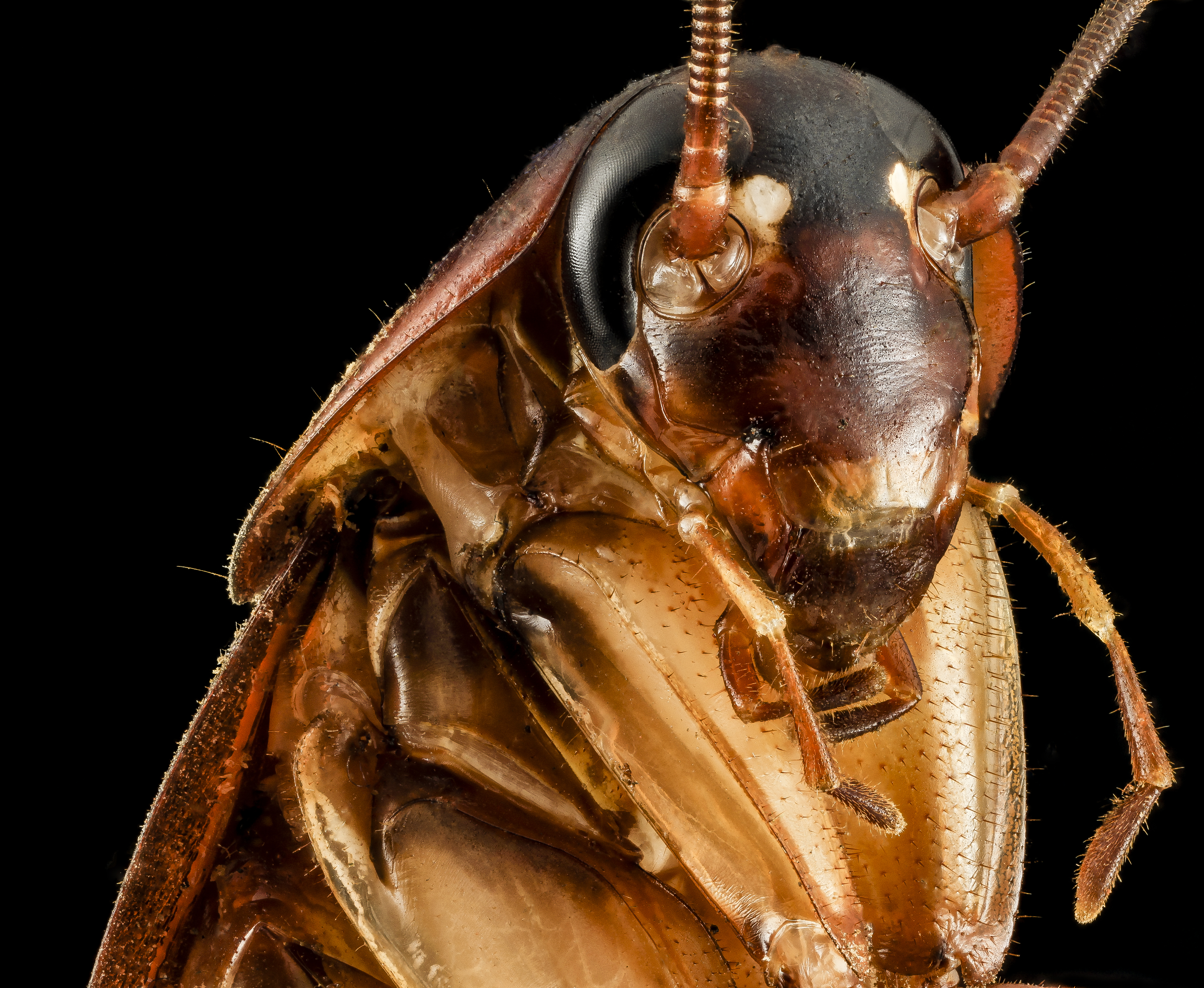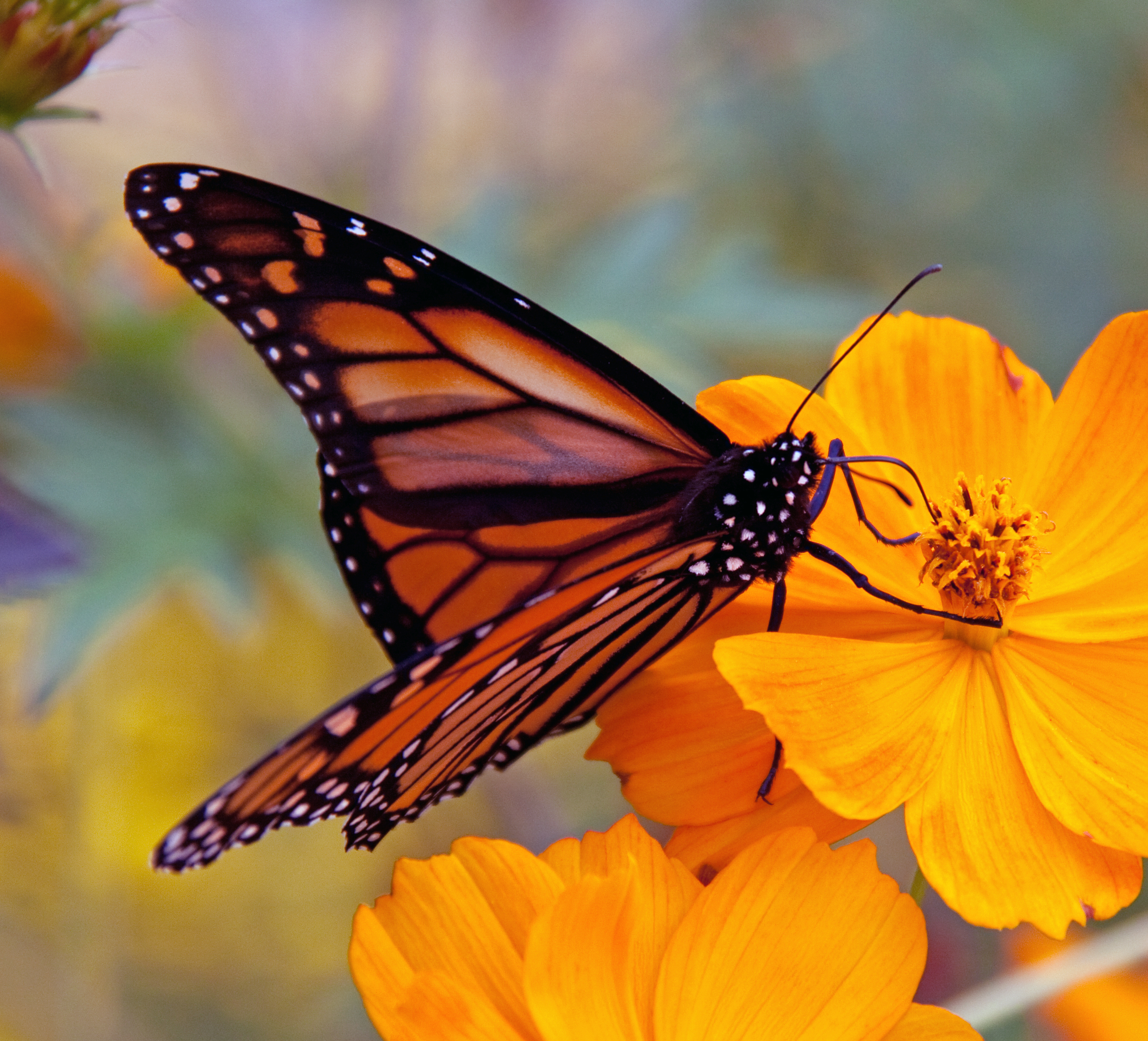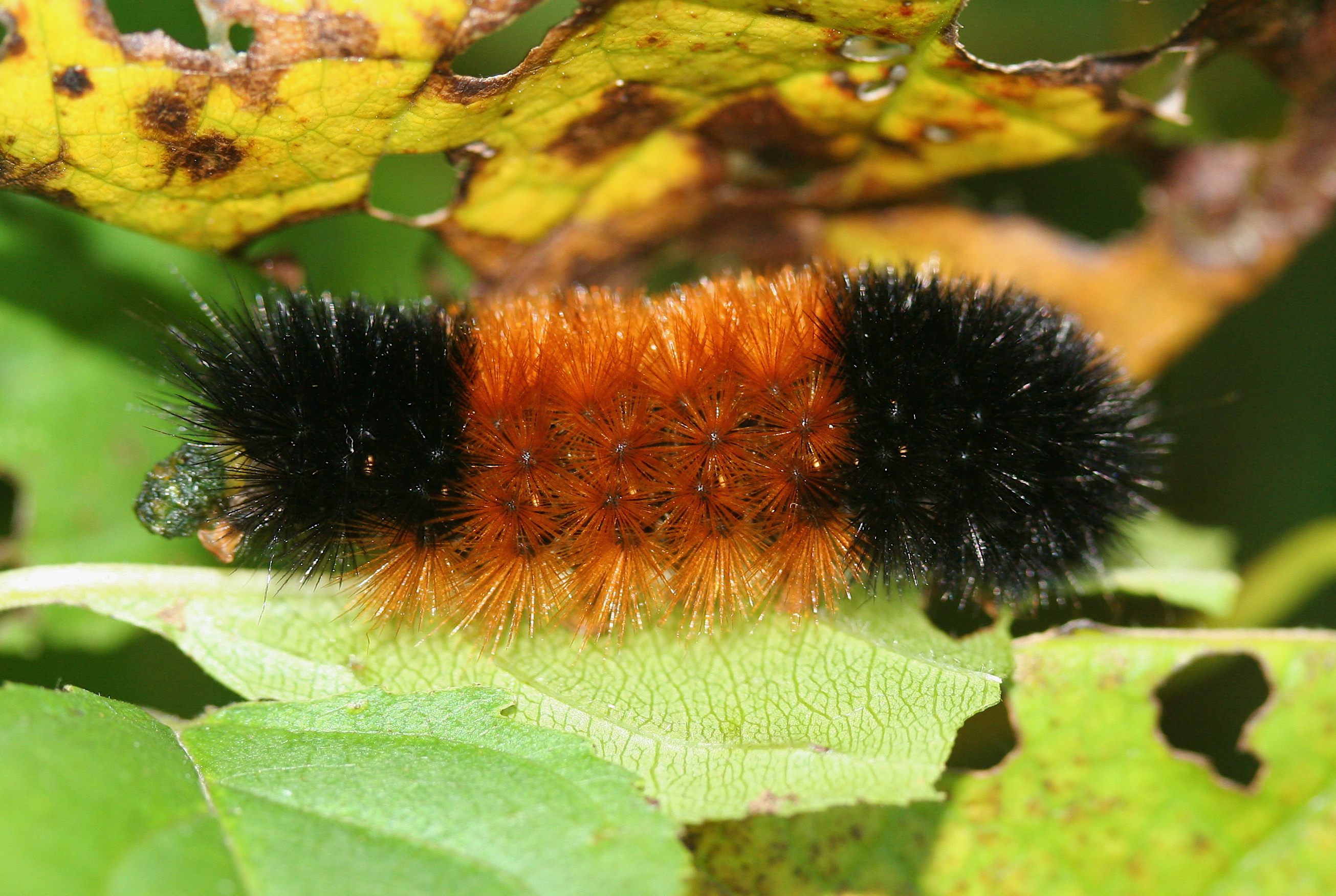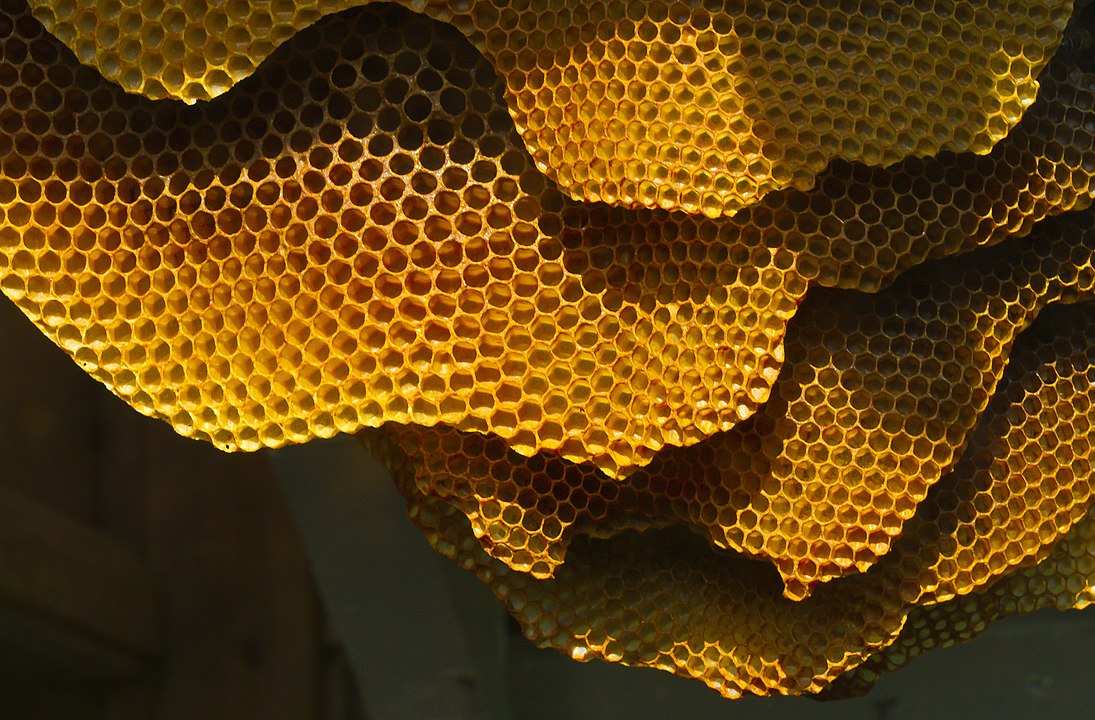In the last several posts, we’ve focused on insects that feature some pretty grisly ways of attacking and using their prey. But in recent news, scientists have discovered an exciting way that certain animals can fight back against a ghastly fate.
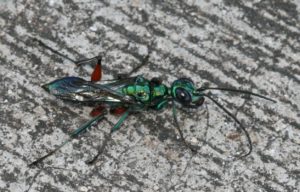
The story begins with jewel wasps of the species Ampulex compressa. These beautiful hunters live solitary lives, only briefly meeting others of their kind to mate. Afterwards, female jewel wasps hunt around for a safe place to lay their eggs and provide them with a fresh meal. Unfortunately for the common American cockroach (Periplaneta americana), the ideal baby food happens to be roach innards (1). But before she can secure food for her young, the female wasp must subdue her much larger prey.
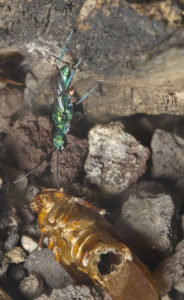
Upon finding a suitable host, the jewel wasp will swiftly descend on her quarry and deliver two venomous stings. The first sting penetrates to a mass of nerve tissue in the roach’s thorax, which paralyzes its front legs for a short period. This paralysis provides the wasp with enough time to reach its second target, the roach’s head, without fear of injury. A second, more precise, sting into the brain of the cockroach renders the animal completely docile. Unlike similar wasp venom, which paralyzes muscles within the prey, the jewel wasp venom chemically robs the cockroach of its impulse to escape (2). In this state, the stung cockroach is often referred to as a “zombie” because can it walk, run or fly but lacks the free will to do so. The wasp is then able to pull on the roach’s antennae and lead it to her burrow, similar to an animal on a leash. Once in the wasp’s lair, an egg is laid on the powerless cockroach. After hatching, the wasp larvae will cut through the still-living roach’s cuticle and live inside the captured host for weeks before emerging as a fully-formed adult.
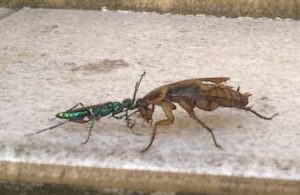
As horrid a story as this is, there’s hope for the cockroach. A Vanderbilt researcher has used slow motion video capture to discover just how cockroaches avoid becoming larvae food. Prior to being stung in the brain, some roaches are fully capable of fending off attackers, provided they stay vigilant. If a roach is able to spy a wasp, it will use raised legs, tibial spines and sometimes even viscous bites in order to ward off assaults (3). To see this defensive arsenal in action, check out the following video:
References:
1) Williams, F. X. (1942). Ampulex compressa (Fabr.), a cockroach-hunting wasp introduced from New Caledonia into Hawaii. Proc. Hawaiian Entomological Society. 11: 221–233.
2) Gal, R., Rosenberg, L. A. & Libersat, F. (2005). Parasitoid wasp uses a venom cocktail injected into the brain to manipulate the behavior and metabolism of its cockroach prey. Archives of Insect Biochemistry and Physiology 60, 198–208.
3) Catania, K. C. (2018). How Not to Be Turned into a Zombie. BBE 1–15. doi:10.1159/000490341

